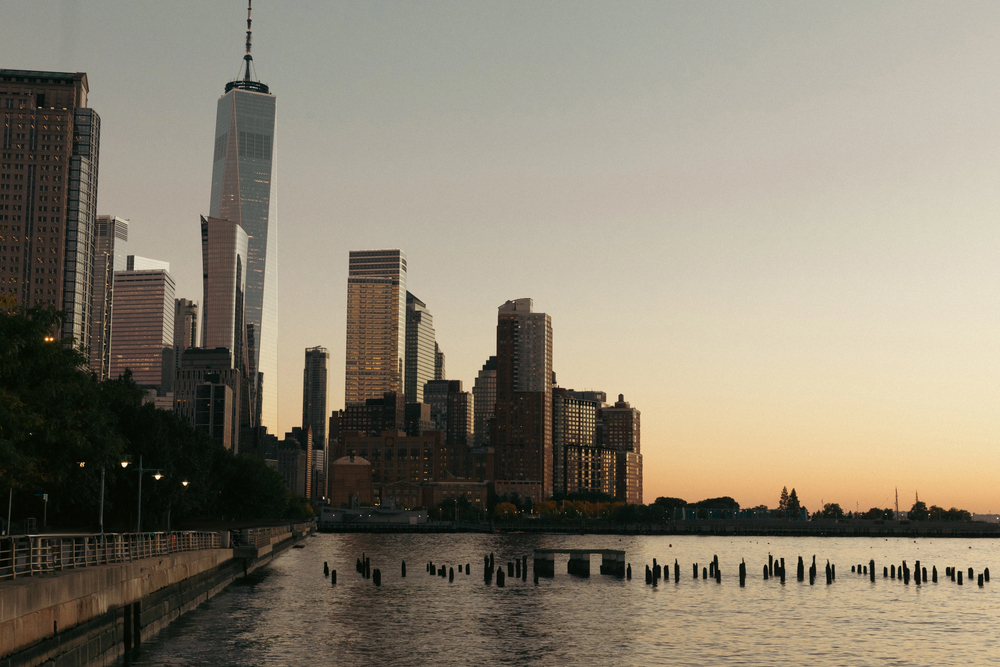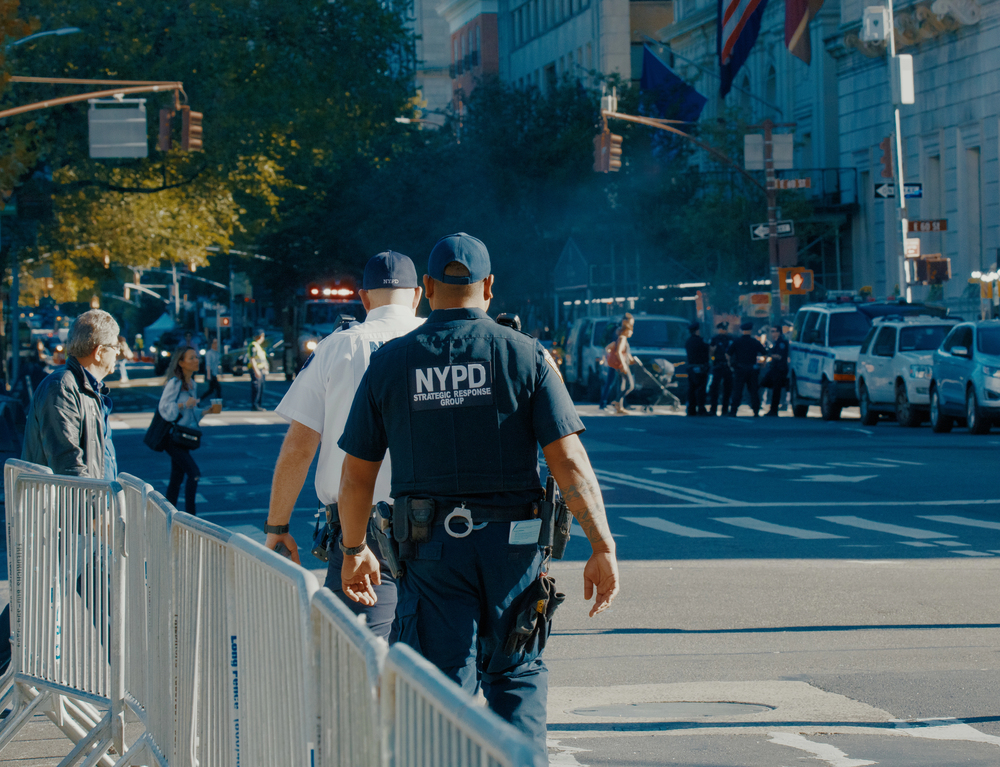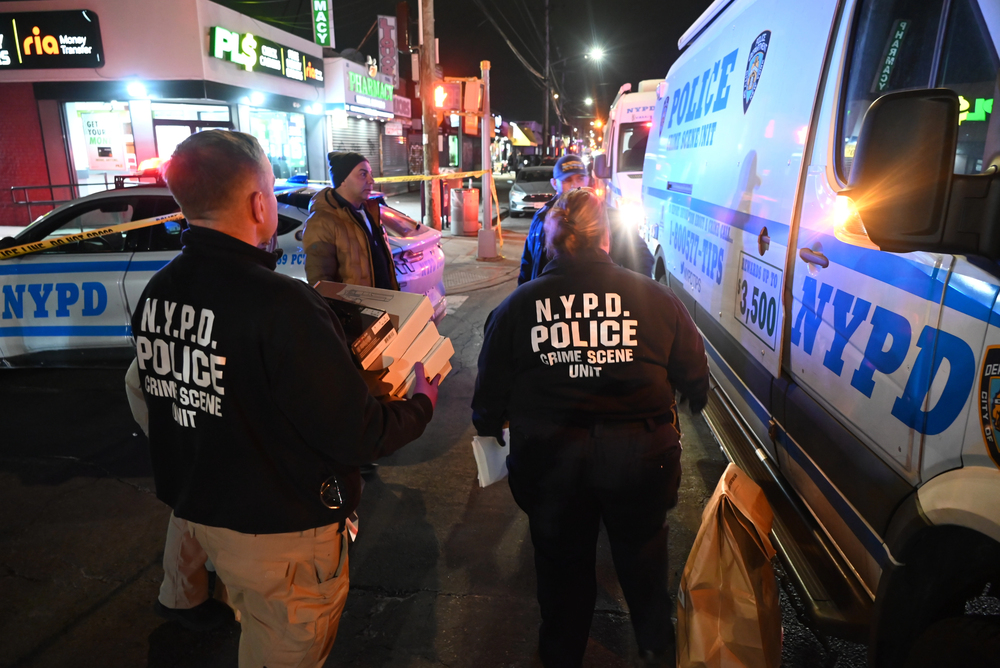
The wail of a siren cuts through evening rush-hour traffic on Park Avenue. Lives are forever altered in the hallways of a Midtown skyscraper, and a city, and its workforce, are left stunned and searching for solace.

1. The Destruction Unfolds
A gunman erupted into 345 Park Avenue, a skyscraper center of finance titans and headquarters for the NFL, on a Monday night. Carrying an M4 rifle, the suspect, Shane Devon Tamura of Las Vegas, 27, opened fire in the lobby. NYPD Commissioner Jessica Tisch described Tamura as having “walked out of a black BMW and approached the building with an M4 rifle.” The security camera captured his miserable trajectory: “He then shoots a woman who had ducked behind a pillar and makes his way through the lobby, filling it with bullets.” He heads to the bank of elevators in which he fatally shoots a security guard who had ducked behind a security desk. Tamura’s rampage was brought to an end on the 33rd floor when he fatally shot himself.

2. The Victims: Lives of Service and Promise
Among the slain was Didarul Islam, a 36-year-old NYPD officer, who was being called a “hero” and a committed father. Mayor Eric Adams honored him by saying, “He was doing what he does best and all members of the police department carry out, he was saving lives.” Islam was an immigrant from Bangladesh who was off-duty but in uniform and working for security for Rudin Management. He is left behind by a pregnant wife awaiting their third child and two young sons. Three civilians were also killed and another remains in critical condition. Occupants of the building, including Blackstone employees, KPMG workers, and NFL employees, have been traumatized.

3. The Suspect: A Dismaying, Elusive Profile
Tamura’s cross-country drive from Las Vegas to New York cut through several states, with his car being followed through Colorado, Nebraska, Iowa, and New Jersey on its way into Manhattan. Despite the savage savagery, police could not identify any significant criminal history in his past. Commissioner Tisch said, “His motives are still under investigation and we are working to understand why he targeted this particular location.” Tamura also had a criminal record of mental illness, but people who knew him prior were stunned.

His former classmate Caleb Clarke called him “the biggest goofball in the world, just a ton of energy, class clown.” You’d never thought that violence was something you’d associate with him. Everything he said was a joke. This incongruity speaks to how random and complex the roots of workplace violence are.

4. Security in the Corporate Tower: Lessons and Challenges
The attack sent shockwaves through New York’s business community, with instant questions about the safety of skyscraper office towers. Streets were closed and workers evacuated or cowered in place as the FBI and NYPD responded. Quick, coordinated law enforcement was needed to contain the threat. But as professionals note, “No employer is immune from workplace violence and no employer can totally prevent it.” The incident reminds us of the importance of regular emergency drills, stringent access control, and open communications among all tenants and personnel.

5. The Ripple Effect: Trauma and Recovery in the Workplace
The impact of such violence extends far beyond the physical, reaching the very emotional planes of life. Workers, witnesses, and even remote observers may discover that they are experiencing shock, sadness, numbness, fear, anger, and disillusionment. The American Hospital Association states, “You may find that you have trouble sleeping, concentrating, eating, or remembering even simple tasks.” This is usual and will pass eventually. Over the following weeks and days, it’s essential that companies provide trauma care, facilitate openness in communication, and remind employees that asking for help is strength, not weakness.

6. Building Resilience: What Corporate Leaders Can Do
Corporate security professionals and HR professionals have a priceless contribution to make in prevention and recovery. Department of Labor regulations put specific emphasis on the importance of “sincere, open, and prompt communication among managers, employees, and union representatives” and creating a positive, family-based work environment. Conflict resolution, stress, and active shooter response training can empower employees and identify early warning signs. Following a traumatic experience, accepting Employee Assistance Programs and counseling services is a lifesaver during healing and back to normal.

7. Discovering Peace during the Time of Crisis
No surprise city professionals are disturbed after such a disaster. Experts suggest sense guidelines: discuss your feelings out loud, keep news to a minimum, validate your feelings, and stick to good habits. In time, support from family and friends can also mute the emotional blow and eventually make the changes that the tragedy brought about easier to bear, the AHA adds. Helping others volunteering, staying in touch with coworkers, or working with community groups can help as well, it says.

Yes, the path ahead after senseless violence is rarely easy. But after coming together, reaching out to each other for help, and honoring physical and emotional safety in the workplace, workplaces can heal and rebuild trust step by step, conversation by conversation, action by action.


